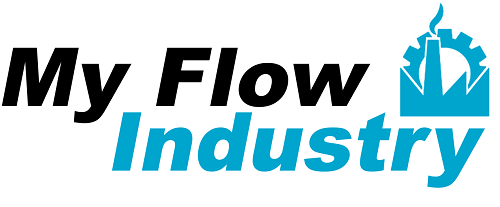The time and money required for equipment maintenance could be fairly expensive. How can profitability (ROI) be achieved while maintaining competitiveness? Here, we quickly review the technological advancements and managerial strategies utilized to cut down on equipment and maintenance downtime.
By 2026, it is expected that the market for maintenance, repair, and operations would be worth $701.3 billion. There are many elements that go into this high cost in industrial settings. Unplanned downtime is primarily caused by out of date resources. Unscheduled equipment downtime, according to maintenance experts, can be brought on by mechanical failure, operator error, a lack of sufficient maintenance time, and poor design.
One strategy to lessen the need for maintenance is to install components with minimal or no maintenance requirements. A perfect example is clamp-on ultrasonic meters. Due to the fact that they don’t have any moving parts that could degrade over time, these meters are employed in a variety of situations, including the water distribution business. They are made to require little or no maintenance.
Another technique to increase ROI would be to implement a complete preventive maintenance (PM) strategy. In fact, preventive maintenance was given top priority by 76 percent of industrial businesses in 2020. This schedule-based strategy seeks to spot potential issues before they have a chance to develop into issues. PM thus contributes to less downtime, longer equipment life, and higher resale value. However, depending on the type of machinery, it raises the overall cost of ownership of the asset.
Analytical technologies are also used in predictive maintenance. Studies reveal that this tactic is currently used by 41% of industrial organizations. Despite being costly and new, predictive maintenance is reportedly quite cost-effective. According to the US Department of Energy, it can save between 8 and 11% when compared to preventive maintenance. Furthermore, experts predict by 2024 the international market for predictive maintenance will have grown to $23.5 billion.
What is predictive maintenance (PdM)? PdM evaluates the health of in-service assets and provides data in real-time using specialized software, artificial intelligence, and sensors. By analyzing this data, it is feasible to predict when the asset needs maintenance. In comparison to routine or time-based preventative maintenance, this technique aims to potentially lower costs by simply completing tasks as needed.
The chore of managing maintenance is challenging. However, by employing new technologies, upgrading to components with low- to no-maintenance, and using the proper tools for the job, it is possible to extend the lifespan and performance of everyday equipment.
For further information on maintenance and workable solutions, please refer to the supplemental material.
